The life and tragic death of Marvin Gaye, the son of a preacher who became Motown's voice of political change and died at the hands of his own father
Isaiah Reynolds

- Marvin Gaye skyrocketed to stardom as a leading Motown artist in the 1960s and 1970s.
- He become iconic for projects like "What's Going On" and "Sexual Healing."
Marvin Pentz Gay Jr. was born in 1939 in the Fairfax Housing Projects of Washington, D.C. to Alberta and Reverend Marvin Gay Sr.
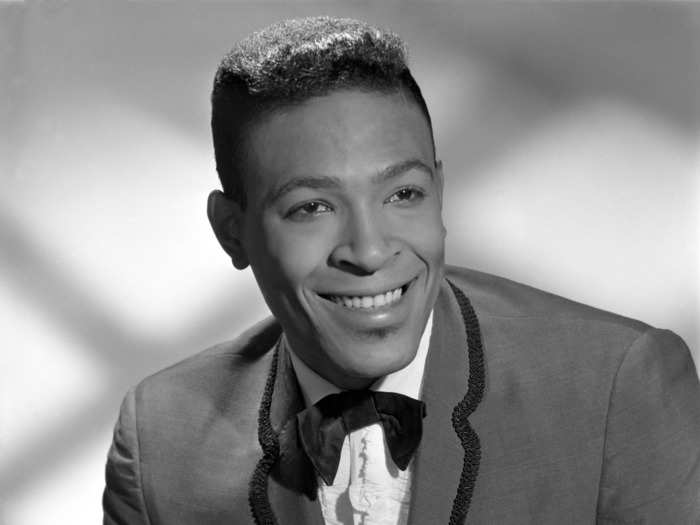
Source: Detroit Historical Society
During his childhood, Gaye clashed with his father, a preacher who reportedly had a strict style of parenting. The singer found refuge in music.

Initially starting with gospel music in his father's church, Gaye became enthralled by the R&B and doo-wop tunes popular in the 1950s. He was a part of a number of early bands in his later teens — his launching pad was a vocal group called The New Moonglows.
Source: Biography
The Moonglows vocal ability quickly caught the attention of Detroit-based record mogul and founder of Motown Records, Berry Gordy Jr.
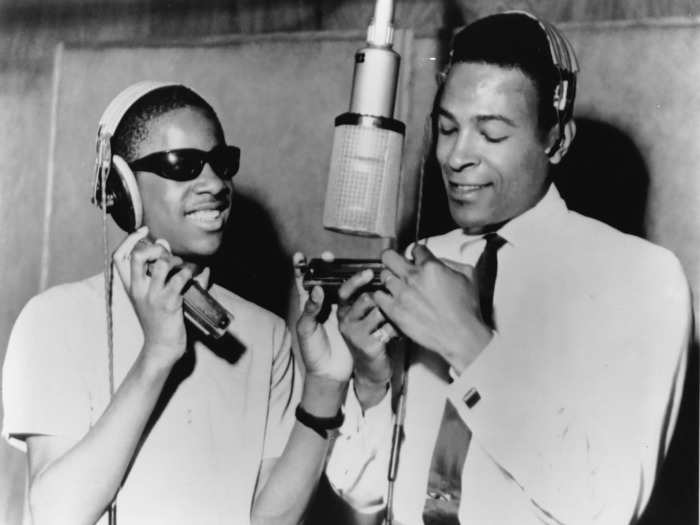
Gaye was signed and began recording with Motown Records in 1961. He started off as a background singer and drummer for popular Motown acts like The Supremes, Little Stevie Wonder, and the Vandellas.
Source: Biography
He aspired to reach the heights of classic crooners like Nat King Cole or Frank Sinatra. His first song and solo single to break through into Top 40, "Hitch Hike," featured an additional "e" at the end of his surname.
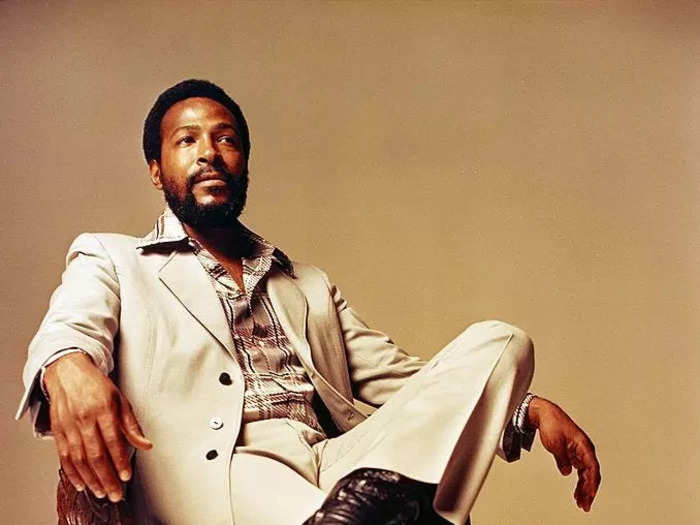
A number of accounts attribute different reasons for the name change — some say it was an homage to soul artist Sam Cooke, some say it was an attempt to clarify rumors around his sexuality, and some say it was an effort to distance himself from his father. Gaye's father had a reputation as a "crossdresser" in D.C. and is thought to have fathered children from extramarital affairs.
Source: Detroit Historical Society
In the 1960s, Gaye soared to fame. Hits like "How Sweet It Is (To Be Loved By You)" and "I Heard it Through the Grapevine," which became the best-selling Motown single of the 1960s, cemented him as a star.
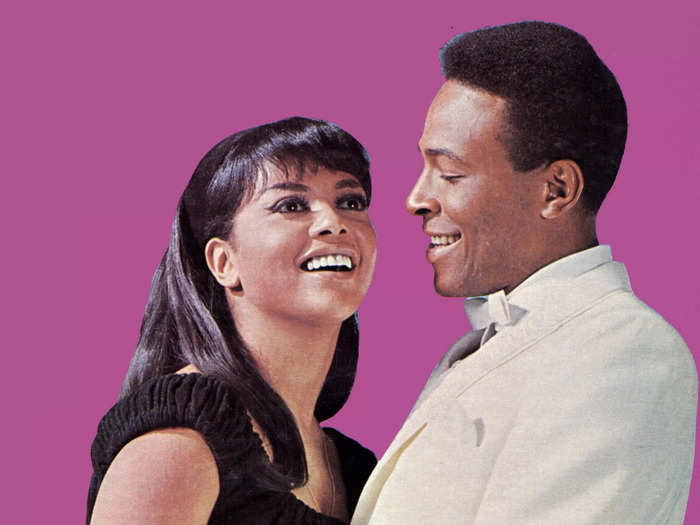
He famously collaborated with legends like Smokey Robinson, Diana Ross, and Tammi Terrell.
Gaye and Terrell's pseudo-romantic collaborations churned out "Ain't No Mountain High Enough" and "Ain't Nothing Like the Real Thing."
Source: Biography
By 1970, the civil rights movement, the changing political landscape, and the escalating conflict in Vietnam was beginning to undo the American social fabric. Gaye had fallen into a deep depression surrounding the death of long-time collaborator Tammi Terrell, the failure of his first marriage, and troubles with addiction.
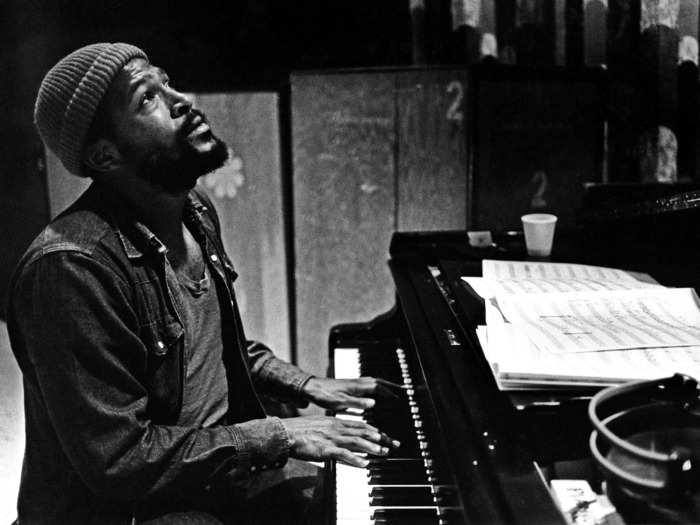
Source: Biography
Responding to the protests and police brutality of Bloody Thursday in Berkeley in 1969, Gaye put out the now-infamous "What's Going On." The choice to integrate politics into Motown not only introduced Gaye to a larger audience, but paved the way for a new kind of protest music in rhythm and blues.
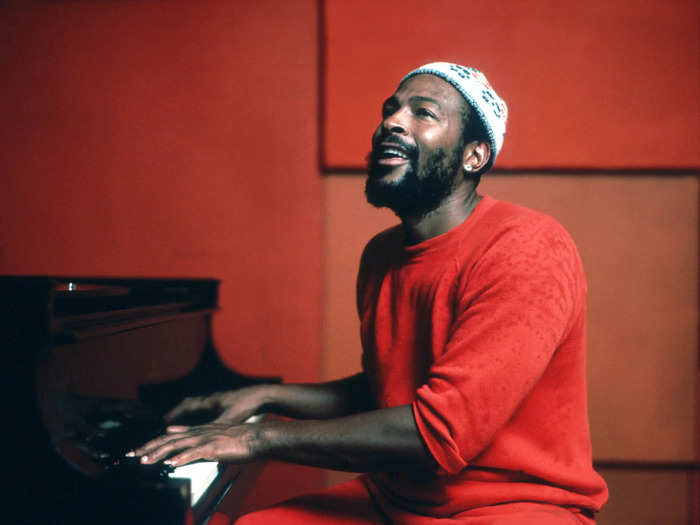
Source: NPR
The combination of social and political distress reshaped his view of music.
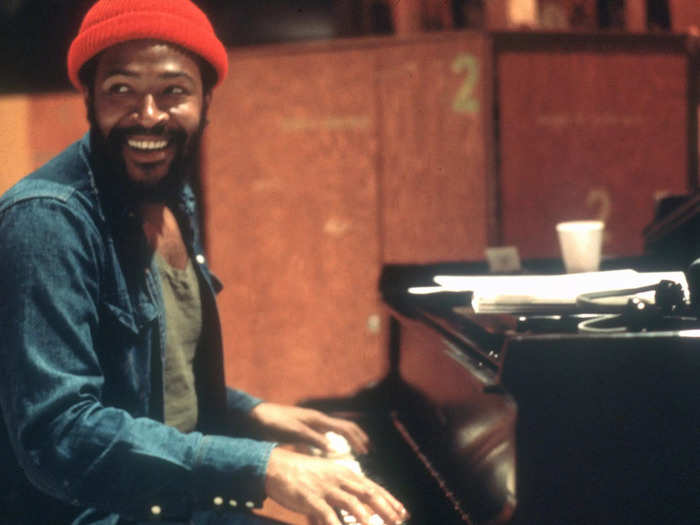
He told Rolling Stone: "In 1969 or 1970, I began to re-evaluate my whole concept of what I wanted my music to say. I was very much affected by letters my brother was sending me from Vietnam, as well as the social situation here at home. I realized that I had to put my own fantasies behind me if I wanted to write songs that would reach the souls of people. I wanted them to take a look at what was happening in the world."
In the early 1980s, Gaye briefly moved to Ostend, Belgium to control his issues with substance abuse, address his financial troubles with the IRS, and rebuild his spirituality.
Source: WBUR
The 1971 album included commentary on domestic politics and was seen as a progressive analysis on climate change ahead of its time. The album was inducted into the Recording Academy's Grammy Hall of Fame in 1998 and was crowned Rolling Stone's #1 Album of All Time in 2020.
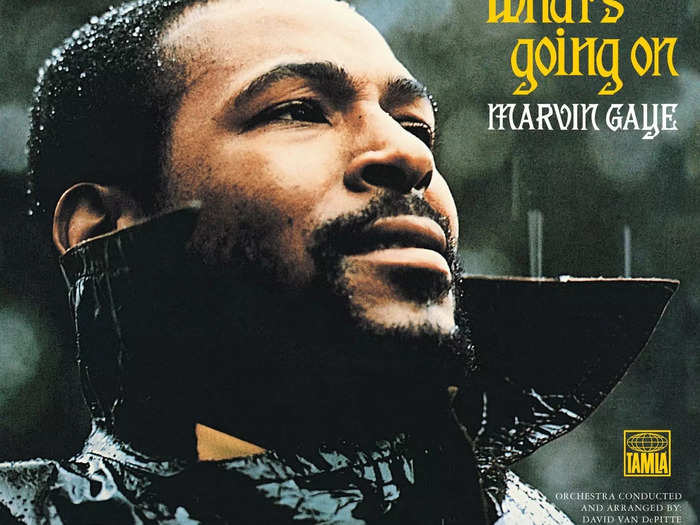
The 1970s brought continued musical success for Gaye as he toured and collaborated with more Motown legends, scoring No. 1 hits in 1972 and 1977 for "Let's Get It On" and "Got to Give it Up," respectively.
Source: Biography
Gaye left Motown Records and signed with Columbia in 1982 — this partnership yielded his last album Midnight Love and its lead single "Sexual Healing." This smash hit earned Gaye his first two Grammy Awards, Best Male R&B Vocal Performance and Best R&B Instrumental Performance in 1983.

Source: Biography
The year 1983 also marked Gaye's performance at the NBA All-Stars game. Tasked with singing the Star-Spangled Banner, his infamous rendition revamped the traditional anthem to a notably sultry and rhythmic tune.
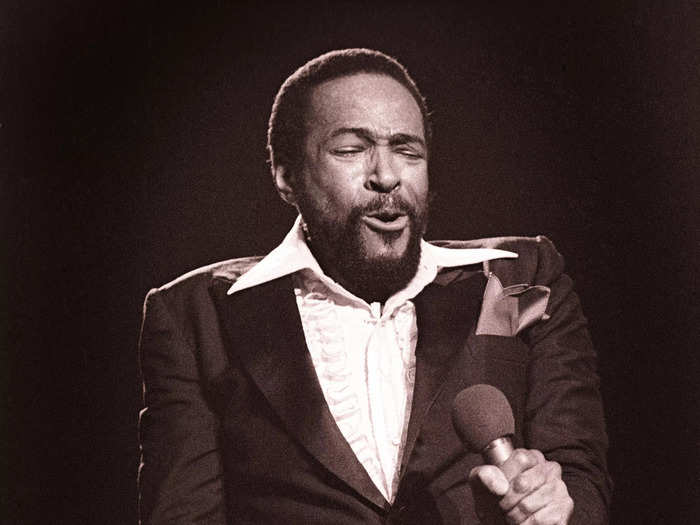
Although well-received at the time, this remix is notorious in subverting a tradition that had previously ruined the careers of other artists, furthering his commitment to revolutionizing music and blurring the lines of music and politics.
Source: Andscape
Gaye's struggles with depression, cocaine, and alcoholism only continued through the final stage of his life. After the Midnight Love tour, he moved in with his family in Los Angeles. Mounting conflict with his father often escalated to violence. On April 1, 1984, Gaye was shot and killed by his father — Gay Sr. claimed self-defense but was later convicted of involuntary manslaughter.
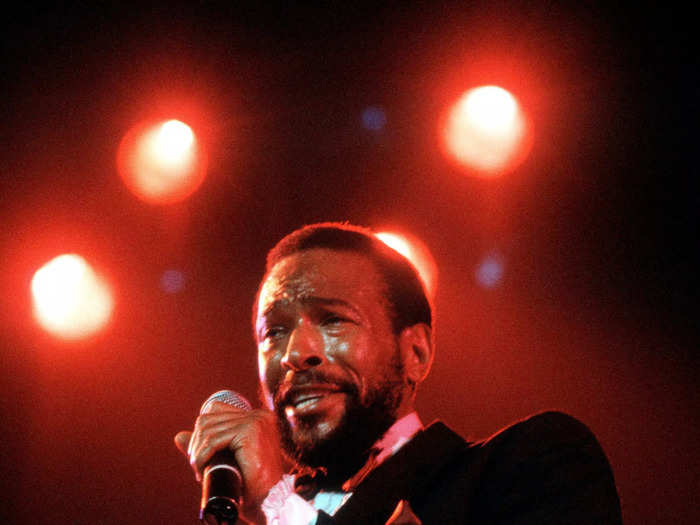
Source: Biography
As a leading musician of the 20th century, Gaye laid the framework for other artists that came in the decades after him.
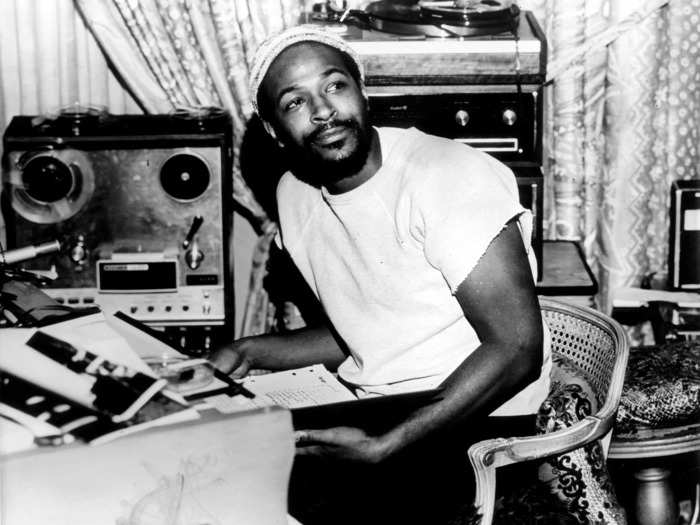
In the decades since, his life and passing has been subject to various speculations regarding tragedy and hubris — but in an interview with Rolling Stone in 1972, contrary to the external critique, Gaye cemented his own criteria for his own success: "To realize completeness within myself… sincerity, love, duty and a positive approach to people and audiences."
Source: Rolling Stone
Popular Right Now
Popular Keywords
Advertisement